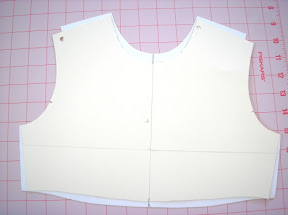This blog is part of a series about The Essential Guide To Children's Clothing.
Any person that shops for children's clothing often becomes frustrated in their shopping experience. There appears to be a disconnect between what the retailer or brand are stating is one size and what the child actually fits. Why does this happen? Is there a better way?
It is true that age based size labels are sometimes inaccurate, or at least appear inaccurate. A child's body size and shape is influenced by a lot of different factors. Those factors include genetics, ethnicity, income demographic, diet, and nutrition. Children's clothing sizes vary because of this and other factors.
Manufacturers specialize on product type and a customer profile. This is true even in children's clothing. There is a size standard which exists for children's clothing, but manufacturers and designers will adapt or modify their product to fit their customer profile. This is not a bad thing. Children are individuals with their own unique characteristics.
Many people complain that there needs to be a clear standard and by conforming to that standard we will solve sizing problems. Is it realistic to compel the industry to conform to a single size standard for children? By doing this, you will be guaranteed to never find clothing that fits all children at all times. There would always be a child that will not find clothing that fits if there is only one standard. Flexibility is needed in such a diverse marketplace. So while there is a general size standard that can be purchased, it may or may not be followed all that closely.
There are ways to make things easier for customers. Providing clear size charts and how to measure guides in the retail store and online can help customers select the right size. While it may be frustrating, customers have the ability to shop the market for alternate brands or sizes that fit their child. Variation is actually a good thing.
For this and more, see The Essential Guide to Children's Clothing Sizes.







